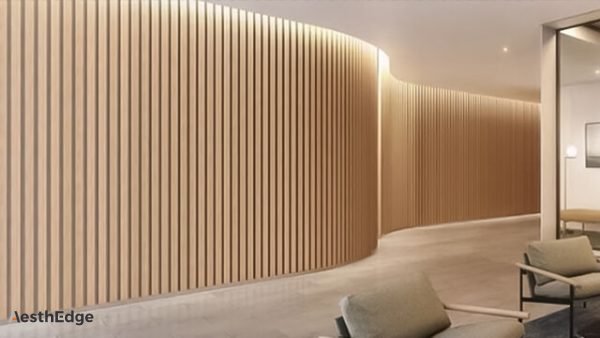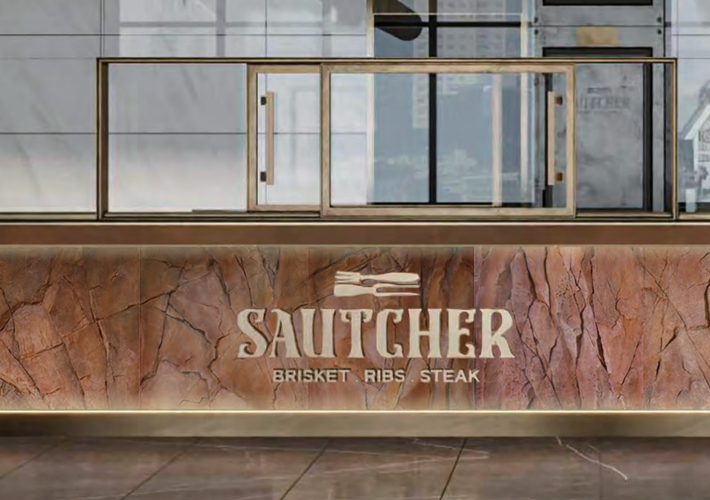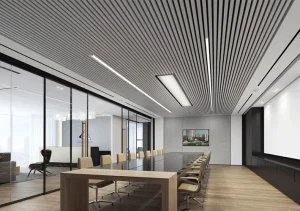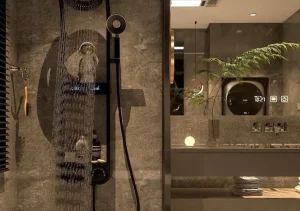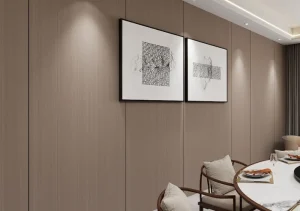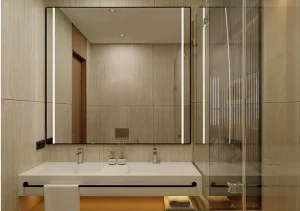Table of Contents
ToggleIntroduction
- Faux stone panels, crafted from synthetic materials like polyurethane, are designed to mimic the look of natural stone.
- The 4×8 size is one of the most versatile, covering large surface areas efficiently, which makes it ideal for both residential and commercial applications.
- Faux stone panels have gained popularity for their affordability, ease of installation, and realistic appearance, making them suitable for modern and traditional decor.

Key Advantages of Faux Stone Panels
1 Lightweight and Easy to Install
- Material Advantage: Unlike natural stone, which is heavy and often requires structural support, faux stone panels are lightweight, which means they can be installed on a variety of surfaces without additional support.
- Ease of Installation: Many faux stone panels come with an interlocking design, enabling straightforward installation that doesn’t require skilled labor or special tools. They can even be installed by DIY enthusiasts.
- Time and Labor Savings: Installation time is reduced by up to 50% compared to natural stone, leading to significant cost savings. There’s no need for mortar or grout, which further simplifies the process.
2 Cost-Effective Alternative
- Material Costs: Faux stone panels are typically made from more affordable materials, lowering the price per square foot compared to natural stone.
- Reduced Maintenance Costs: Unlike natural stone, faux stone doesn’t require periodic sealing or specialized cleaning. This results in lower long-term costs, making it an ideal choice for budget-conscious consumers.
- Enhanced Value for Larger Projects: The 4×8 size allows for quick, efficient coverage of large areas, which means less material and labor are needed to cover walls, exteriors, and facades.
3 Versatile Applications
- Indoor Applications: Faux stone panels can enhance spaces like living rooms, dining rooms, and bedrooms. They’re popular for feature walls, fireplaces, and as decorative backsplashes.
- Outdoor Applications: Made to withstand weather conditions, faux stone panels are excellent for external walls, patios, and garden borders. Their resistance to water and UV light makes them suitable for a variety of climates.
- Commercial Uses: Faux stone panels add sophistication and a natural look to lobbies, offices, retail spaces, and restaurants, providing a warm and inviting atmosphere for customers and clients.
4 Durability and Long-lasting Performance
- Weather Resistance: Faux stone panels are designed to endure extreme temperatures, both hot and cold, making them suitable for all-season applications. They are crafted to withstand rain, snow, and UV rays without fading or warping.
- Scratch and Impact Resistance: Unlike some real stones that may chip or crack, high-quality faux stone panels are built to resist everyday impacts and abrasions, making them ideal for high-traffic areas.
- Long-term Value: Due to their durable nature, faux stone panels have a lifespan that rivals natural stone. For example, when properly installed, they can last for decades with minimal maintenance.
5 Aesthetically Pleasing and Realistic Design
- Variety of Textures and Colors: Faux stone panels come in various textures, colors, and patterns that imitate different types of natural stone, including limestone, slate, and river rock. This range allows homeowners and designers to select the best match for their decor.
- Advanced Production Techniques: Modern manufacturing techniques ensure that faux stone panels look nearly identical to natural stone, with realistic veins, patterns, and surface variations.
- Suitable for All Design Styles: Whether for rustic, contemporary, or industrial styles, faux stone panels offer options to complement any aesthetic. The 4×8 panels can create seamless, expansive stone-like surfaces that add a touch of elegance to any room.

Environmental and Practical Benefits
1 Environmentally Friendly
- Reduced Resource Extraction: Faux stone panels are made with less natural resource extraction than real stone, lowering their environmental footprint.
- Recycled Content: Some brands use recycled materials in the production of faux stone panels, making them an eco-friendlier choice for green building projects.
- Lower Emissions from Production and Transport: Because faux stone panels are lighter, they require less energy to transport, leading to a reduction in CO2 emissions associated with delivery.
2 Insulation and Energy Efficiency
- Insulating Properties: Faux stone panels provide a layer of insulation, which can help regulate indoor temperatures. This added insulation reduces the need for heating and cooling, saving on energy costs.
- Moisture Resistance: Many faux stone panels are designed to be moisture-resistant, preventing water infiltration that can lead to mold or mildew. This is particularly beneficial in humid environments.
- Soundproofing Advantage: Faux stone panels can also provide a degree of sound insulation, which is beneficial in multi-unit buildings or in noisy areas, improving the quality of living for occupants.
3 Ease of Maintenance
- Simple Cleaning Requirements: Faux stone panels don’t require special sealants or cleaners. Regular dusting and occasional wiping with mild soap and water are typically enough.
- Stain Resistance: Faux stone panels are engineered to resist staining, even in high-traffic or messy areas like kitchens and bathrooms. This makes them ideal for spaces that require regular cleaning.
- Mold and Mildew Resistance: Faux stone’s non-porous design helps prevent the growth of mold and mildew, making them an excellent choice for both indoor and outdoor settings where humidity levels may vary.
Comparison with Natural Stone and Other Alternatives

1 Comparison with Natural Stone
- Weight and Structural Requirements: Natural stone is significantly heavier and may require structural reinforcement, whereas faux stone can be installed on most surfaces without additional support.
- Aesthetic Realism vs. Cost Savings: Faux stone offers almost the same aesthetic appeal as natural stone at a much lower cost, making it accessible for more projects and budgets.
- Labor Costs: Faux stone’s ease of installation means that it often doesn’t require specialized labor, saving on both time and labor expenses.
2 Comparison with Brick, Wood, and Tile
- Brick: While brick is durable and classic, faux stone panels offer more texture and a variety of natural stone-like patterns. Brick is also heavier and more labor-intensive to install.
- Wood: Wood requires regular maintenance to avoid rotting, warping, and insect damage. Faux stone, however, doesn’t suffer from these issues, making it more suitable for exterior applications.
- Tile: While tile can be durable, it lacks the three-dimensional texture and warmth that faux stone offers. Faux stone panels can create a more authentic and inviting look compared to flat, glossy tiles.
Conclusion
- Faux stone panels, particularly in the 4×8 size, offer a unique blend of affordability, durability, aesthetic appeal, and versatility that few materials can match.
- Their lightweight design, cost-effectiveness, and ease of installation make them an ideal choice for anyone looking to enhance their space without the challenges and costs associated with natural stone.
- For residential and commercial projects alike, faux stone panels offer a practical, beautiful, and sustainable solution to traditional building materials.

